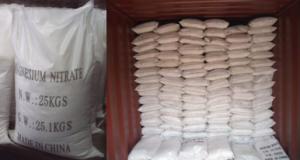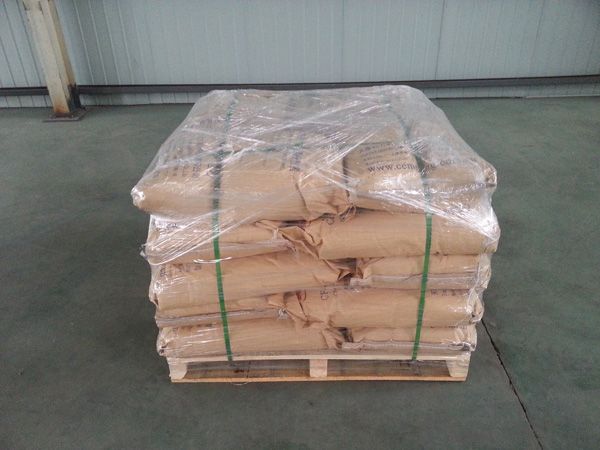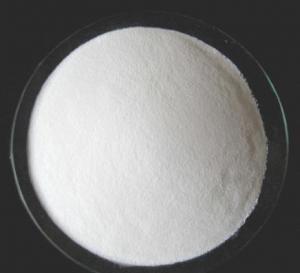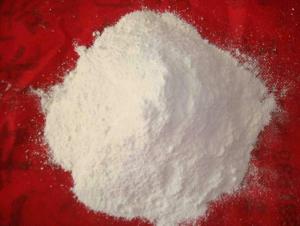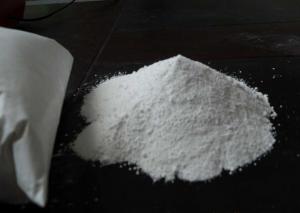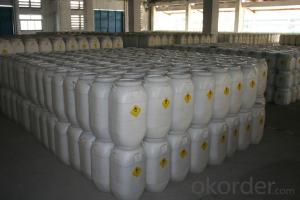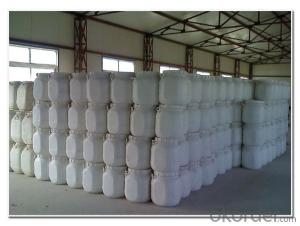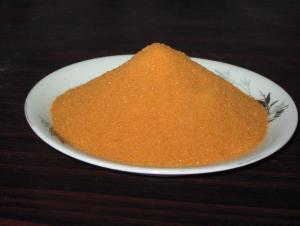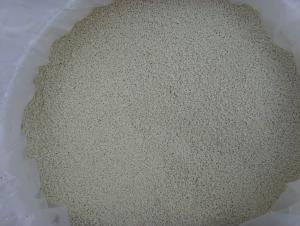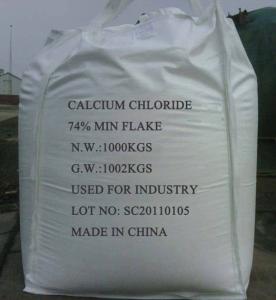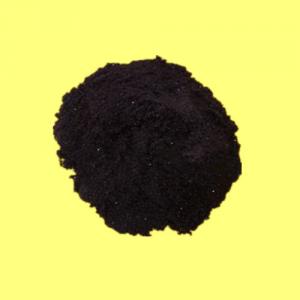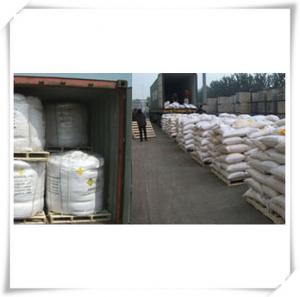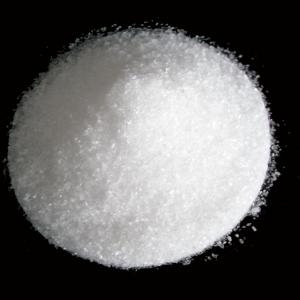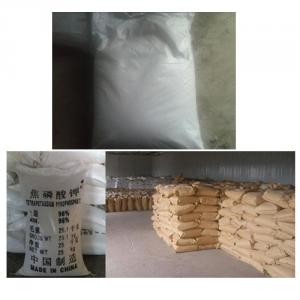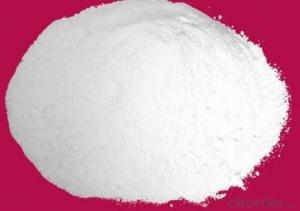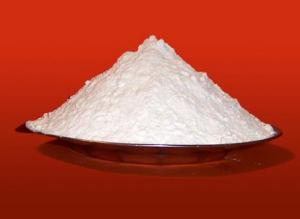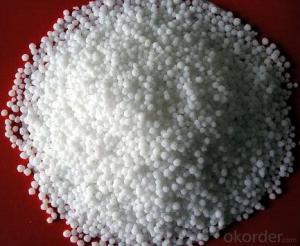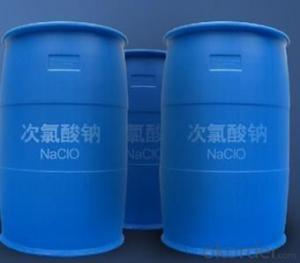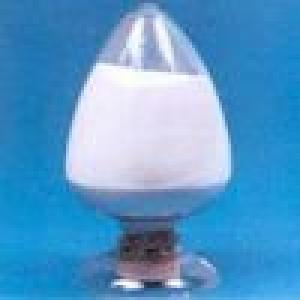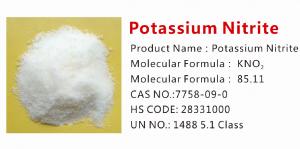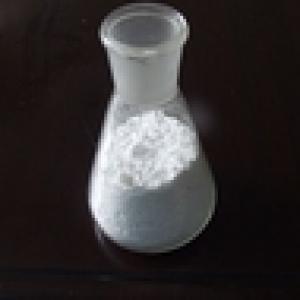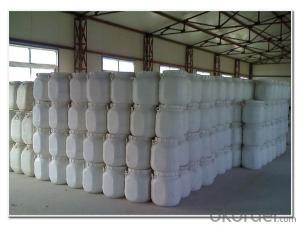Magnesium Nitrate Chemical Additive Powder
- Loading Port:
- China main port
- Payment Terms:
- TT OR LC
- Min Order Qty:
- 1000 kg
- Supply Capability:
- 500000 kg/month
OKorder Service Pledge
OKorder Financial Service
You Might Also Like
Magnesium Nitrate
Product Name: Magnesium Nitrate
Molecular formula: Mg(NO3)2 6H2O
Molecular formula: 256.40
CAS NO.:10377-60-3
HS CODE: 28342990
UN NO.: 1474 5.1 class
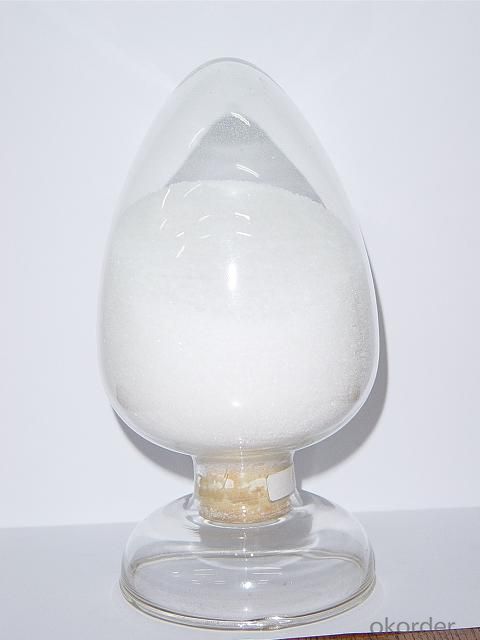
Physicochemical Properties:
Magnesium nitrate hexahydrate is colorless
crystal of monoclinic system, It is soluble in water easily, and is able to
dissolve in methanol and alcohol. It is likely to spontaneously combust if mixed
with organic chemicals.
Uses:
Mainly used in concentrated nitric acid as dehydrator, in producing explosives,
catalysts and other magnesium salts, as well as incineration agent for wheat.
| Inspection Item | Unit | Ind. grade | Agr. grade |
| Assay | ≥ | 98.0% | 98.0% |
| Water_insolubles | ≤ | 0.05% | 0.1% |
| Iron | ≤ | 0.001% | --- |
| Heavy Metal | ≤ | 0.002% | --- |
| PH value | 5-8 | --- | |
| MgO | ≥ | --- | 15% |
| Nitrogen | ≥ | --- | 10.7% |
Packing: In 25/50kg net PP/PE bag or the demanding of customer.
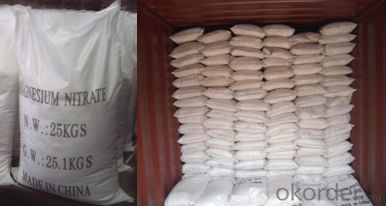
FAQ
1.Q: What is MOQ?
A: Our MOQ is 1 TON.
2.Q: Could you offer free sample?
A: We can provide free samples to you for quality testing.
3.Q: What about your packing?
A: For liquid: Flexitank, or IBC tank 1000L
For powder:Woven fabric bag with plastic film liner( 25kg or 1000kg)
Clients’ packing is workable.
4.Q: How about your productive capacity?
A: 150000 tons/Year.
5.Q: What is your delivery time?
A: Within 7 days after received deposit or L/C at sight.
- Q: Why is the residue after burning known as coarse ash? And inorganic salt content What is the difference
- GB / T5009.4-2003 "Determination of ash in food" (a) the principle of a certain amount of samples after carbonization into the high temperature furnace burning, the organic matter is oxidized decomposition to carbon dioxide, nitrogen oxides and Water and other forms of escape, and inorganic substances to sulfate, phosphate, carbonate, chloride and other inorganic salts and metal oxide in the form of residual
- Q: What is the most important inorganic salt in plant growth?
- The inorganic salts required by plants are nitrogen, phosphorus and potassium containing inorganic salts, and if any lack of plants will affect the normal growth of plants, nitrogen is a component of many important organic compounds in the body, such as protein, nucleic acid, chlorophyll , Enzymes, vitamins, alkaloids and some hormones contain nitrogen. Nitrogen is also the basis of genetic material in all organisms, the most important protein, it is often in the center of metabolic activity.Now is to limit the growth of plants and the formation of the primary Factor. It also has a significant effect on improving the quality of the product.K2 is dissolved in the plant juice, and its main function is related to the metabolism of the plant.The content of phosphorus in the plant is second only to nitrogen and potassium, Phosphorus plays an important role in plant nutrition. Almost all important organic compounds in plants contain phosphorus. Phosphorus is involved in photosynthesis, respiration, energy storage and delivery, cell division, cell enlargement and other processes in plants.
- Q: Why is the inorganic salt left after the burning of the food
- Food contains protein, fat, inorganic salts and water and other substances in the process of combustion in addition to inorganic salts and the rest of the water are burned, and water in the combustion process evaporates. So take the only inorganic salt.
- Q: Can inorganic salts act as stabilizers for emulsified asphalt?
- Heze Tongren Road Machinery Co., Ltd. is a asphalt heating and storage equipment as the main body, set road maintenance equipment production, asphalt library design and transformation of technical services, to undertake asphalt library / depot and other construction and installation, industrial pipelines and chemical equipment The installation of the installation of the boiler, the installation of steel structures and accessories sales, such as integrated services in one company.
- Q: Cells are composed of water and inorganic salts or by organic matter and none
- There are, but the water accounted for most of the inorganic salt to maintain cell acid and alkali balance;
- Q: What is the difference between "organic salt" and "inorganic salt"? What is the difference between "organic salt" and "inorganic salt"?
- Inorganic salts are inorganic acids (hydrochloric acid, sulfuric acid, nitric acid) with alkali generated by the reaction of the salt is called inorganic salts. Inorganic salts are salts that do not contain carbon, and organic salts are carbon-containing but do not include carbonates.
- Q: is table salt organic or inorganic, why?
- if its found in nature its organic if its made by man its synthetic. table salt is found in the ocean so i guess it would be organic.
- Q: As if there are two kinds of nitrogen, phosphorus and potassium, hoping to get answers and explain their respective roles
- Only 70 kinds of chemical elements can be detected in plants, but only 16 kinds of essential nutrient elements are needed for the growth and development of internationally recognized higher plants. They are carbon (C), hydrogen (H), oxygen (O), nitrogen (Fe), magnesium (Mg), sulfur (S), iron (Fe), boron (B), manganese (Mn), copper (Cu), zinc (Zn), molybdenum (Mo) and chlorine (C1), which can be divided into large nutrient elements, medium nutrient elements and micronutrient elements according to their requirements, such as carbon, hydrogen, oxygen and nitrogen Phosphorus, potassium, copper, zinc, molybdenum and chlorine.Now there are scholars that nickel (Ni) is the first 17 kinds of essential nutrients.
- Q: Why vegetables and fruits contain rich inorganic salts
- Because they are plants! From the biological point of view, they are the nature of the organic matter into inorganic salt carrier
- Q: Please tell in your own language how water and inorganic salts are transported from the soil to the leaves.
- The roots of plants are usually divided into roots, lateral, small roots, small roots (roots, roots and roots) for the absorption of roots, the absorption of roots from the soil to absorb water and inorganic salts, through the transport organization to reach the xylem of the catheter, through The ducts are delivered to the various organs of the plant (including the leaves).
Send your message to us
Magnesium Nitrate Chemical Additive Powder
- Loading Port:
- China main port
- Payment Terms:
- TT OR LC
- Min Order Qty:
- 1000 kg
- Supply Capability:
- 500000 kg/month
OKorder Service Pledge
OKorder Financial Service
Similar products
Hot products
Hot Searches
Related keywords
